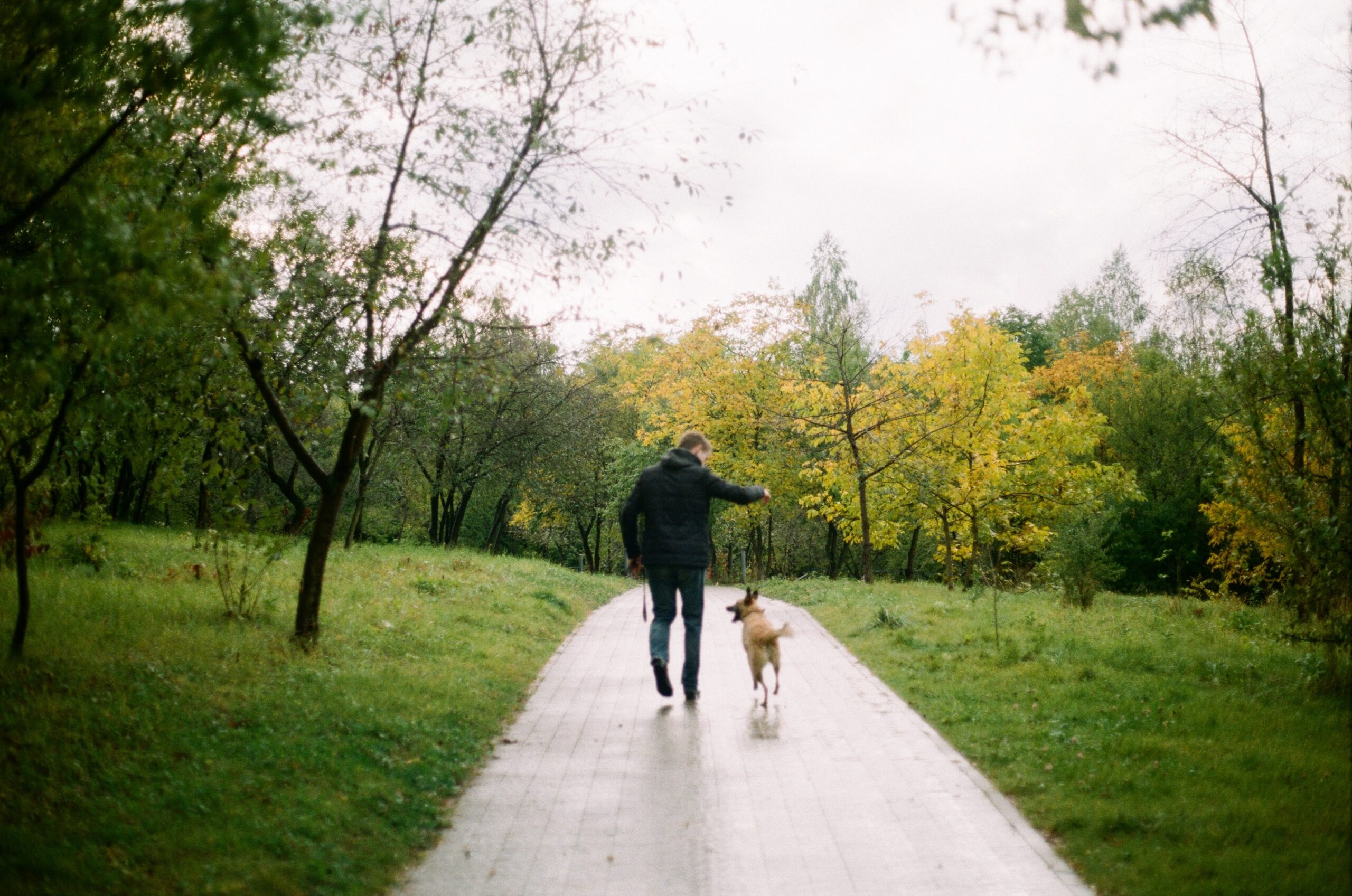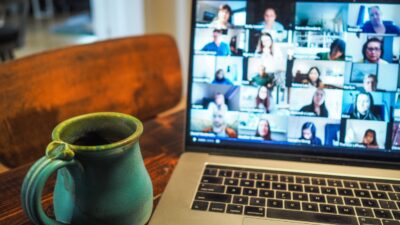
Adding walking to working from home
While home has always been where the heart is, it is now the home of work as well.
Which means all forms of ‘incidental’ exercise – which incidentally was also incredibly healthy for the human form – has been eliminated from the daily routine of millions of ‘office’ workers.
Importantly recent research indicates that 60-75 minutes per day of moderate physical activity seems to eliminate the increased risk of death associated with high sitting time. A more achievable step-count of 7,000 per day could lead to a 60% lower risk of early death from any cause. Just 120 total minutes outside in nature over the space of a week has significant benefits.
So in the interests of our health, we need to recreate getting to work when the office is just a few metres from the bedroom.
WFH, a new business model
A lasting pandemic legacy is business offering flexible working arrangements meaning there will be a significant reduction in the number of commuting trips made per week.
From a transport perspective, working from home has the potential to entrench the car as the norm when engaging in commuting. We see that public transport use remains suppressed (the key ingredient in a rebound in use, aside from the effectiveness of the vaccine, could ironically reduce number of passengers and thus lower levels of crowding making the mode a more attractive proposition when people do need to commute) but car use has all but returned to 2019 levels.
The new more sedentary model us
Reduced active travel will compound increased sedentary behaviour that arises with working from home. There is litany of evidence that points to the detrimental health consequences of sitting too much. In a recent work we’ve found that the amount of time spent sitting by those working from home during the pandemic is high. However, those who made a conscious effort to increase physical activity report lower relative levels of stress and anxiousness. Unfortunately, this group of people is relatively small. A much larger group has been identified, who are not only sitting longer, but have relatively less physical activity, and report worse levels of stress, anxiety, and a lower quality of life.
Walking to home
Rather than reject active travel, working from home provides an opportunity to reframe active travel choices and potentially embed them as a habitual part of the experience. Something that is important now more than ever given that more work from home could lead to more sitting.
Innovative organisations see the value of healthier staff. I am aware of several businesses that run ongoing competitions designed to encourage staff to be active. These initiatives should be encouraged and there should be research to identify which interventions work best: the physical and social nature of the workplace is an important moderator of active travel choices.
Walking and bike riding spiked during the pandemic, and the transport community needs to act as swiftly as possible to capitalise on this momentum. The built environment is a crucial facilitator to active travel choices and a radical rethink about suburban based infrastructure investment may be needed.
Rather than the 3 metre walk from the bedroom or kitchen to begin the work day from home, we could encourage people to still engage in an active “commute”: starting the day by walking from home to the local railway station, the closest bus stop, and back again to “work”; and finishing the day by walking from “work” back home in the same way. This can also have the added benefit of creating a clear distinction between when someone is at work and when someone is at home.
People can still walk up the street (and back to the kitchen) for lunch and for those inclined to drink coffee, to the neighbourhood café. Why couldn’t a business reward their employ with a coffee from their local café if they walk for it? With the right approach, gamification could potentially lead to positive outcomes if systematically implemented by workplaces or policy makers.
Rather than being a potential detriment to active travel, working from home should be seen as a possible boon. Given that the significant benefits of active travel may well be found in locations as close as our local neighbourhood, we should be doing all we can to encourage people to continue to walk to work from home before working from home becomes an issue for our hearts.
This insight was originally published as part of the “Thinking outside of the box” series from the Institute of Transport and Logistics Studies. Read the original.
This is part of a series of insights related to Coronavirus (COVID-19) and its impact on business.
Image: Юлія Вівчарик
Matthew is Professor of Decision Making and Choice at The University of Sydney Business School in the Institute of Transport and Logistics Studies. His research focusses on behavioural economics and modelling.
Share
We believe in open and honest access to knowledge. We use a Creative Commons Attribution NoDerivatives licence for our articles and podcasts, so you can republish them for free, online or in print.





